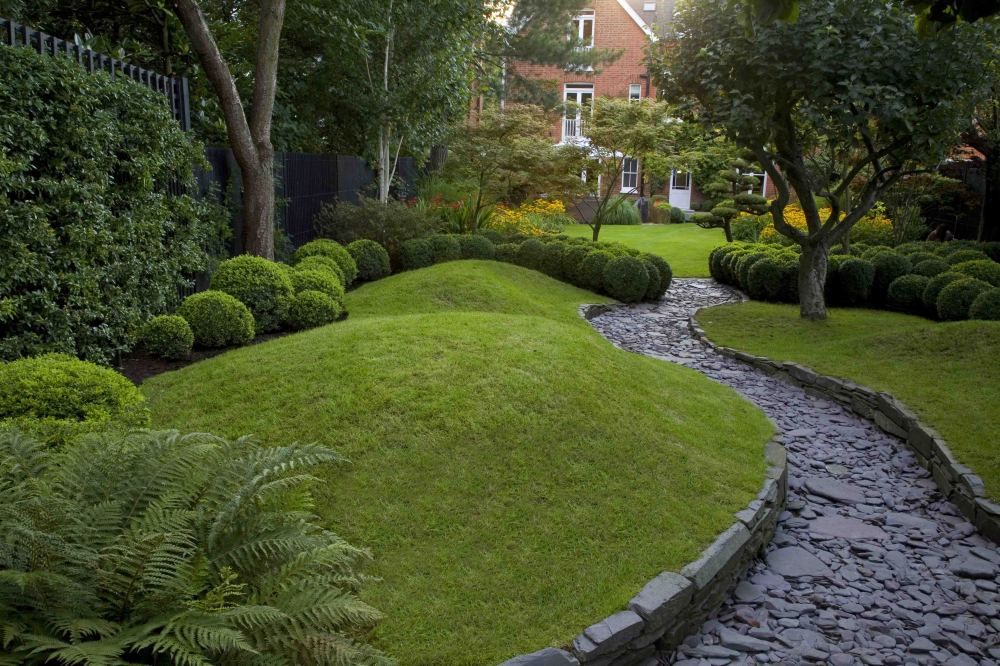Tree Removal vs. Tree Lopping: Which Is Best for You?
Welcome to our blog post discussing the differences between tree removal and tree lopping. Choosing the right option for your specific needs is important, and we're here to help you make an informed decision.
Understanding Tree Removal
Tree removal refers to the complete removal of a tree from its location. This process involves cutting down the tree, removing the stump, and disposing of the debris. It is typically performed when a tree poses a risk to property or people, is dead or dying, or is causing an obstruction.
The process of tree removal Kew begins with an assessment of the tree's condition by a professional arborist. Once the decision to remove the tree is made, the area around it is cleared to ensure safety. Then, the tree is carefully cut down, starting from the top and working down to the base. Once the tree is on the ground, the stump is either removed or ground down to prevent regrowth.
Scenarios Suitable for Tree Removal
Tree removal may be necessary in various scenarios. Diseased or dead trees can pose a safety hazard, as they may fall and cause damage to property or injure individuals. Trees that have been severely damaged by storms or pests may also need to be removed. Additionally, trees that are growing too close to structures, such as houses or power lines, may require removal to prevent potential damage.
It is crucial to seek professional assistance when considering tree removal. Arborists have the knowledge, experience, and equipment needed to safely and efficiently remove trees, minimising the risk of accidents and damage.
Exploring Tree Lopping
Tree lopping, also known as tree pruning or trimming, involves cutting specific sections of a tree to maintain its health, shape, or size. The purpose of tree lopping is to remove dead or diseased branches, shape the tree for aesthetic purposes, promote better growth, or reduce the canopy size.
Tree lopping techniques vary depending on the desired outcome. These may include crown reduction, crown thinning, or selective pruning. Crown reduction involves removing the top branches to reduce the overall height of the tree. Crown thinning entails removing certain branches to increase light penetration and air circulation. Selective pruning is done to remove dead or diseased branches or to shape the tree.
Scenarios Suitable for Tree Lopping
Tree lopping can be a viable option in various situations. Regular maintenance pruning helps remove deadwood and promotes healthier growth. Shaping a tree can enhance its aesthetic appeal and ensure it fits well within the landscape. Additionally, reducing the size of the tree's canopy can prevent it from interfering with power lines, structures, or nearby trees.
When it comes to tree lopping Croydon, it is essential to hire experienced professionals who understand the proper techniques. Improper lopping can lead to tree stress, disease, or even death. Skilled arborists know how to make precise cuts and minimise damage to the tree.

Key Differences Between Tree Removal and Tree Lopping
- Impact on Trees' Health and Aesthetics
Tree removal results in the complete removal of the tree, which can significantly impact the aesthetics and overall health of the landscape. While it may be necessary in certain circumstances, it should be approached with caution and consideration. Removal should only be undertaken if the tree poses a significant risk or is beyond saving.
On the other hand, tree lopping focuses on selective pruning to maintain the health and appearance of the tree. Proper lopping techniques can help improve the tree's structure, promote growth, and enhance its overall aesthetic value. However, excessive or improper lopping can harm the tree, leading to decay, disease, or unsightly regrowth.
- Cost Considerations
The cost of tree removal park orchards and lopping can vary depending on several factors. Tree removal is generally more expensive due to the complexity of the process, including the need for specialised equipment, such as cranes or chippers, to safely remove and dispose of the tree. The size and location of the tree also play a role in determining the cost.
Tree lopping, on the other hand, is often less expensive as it involves selective pruning rather than complete removal. The complexity of the job, the number of branches to be lopped, and the equipment required will affect the overall cost.
It is important to note that the cost should not be the sole determining factor when choosing between tree removal and lopping. Consideration should be given to the specific needs of the tree, the potential risks or benefits, and the expertise required to perform the job safely and effectively.
Conclusion
Understanding the differences between tree removal and lopping is crucial when making decisions about tree care. Tree removal involves the complete removal of a tree and is typically undertaken in situations where the tree poses a risk or is no longer viable. Tree lopping, on the other hand, focuses on selective pruning to maintain the tree's health, shape, or size.
When deciding between tree lopping Croydon and removal, it is important to consider the impact on the tree's health and aesthetics, as well as the associated costs. Safety should always be a priority, and professional advice should be sought to assess the specific needs of the tree. By making an informed decision and hiring experienced professionals, you can ensure the best outcome for your trees and your landscape.

Comments
Post a Comment